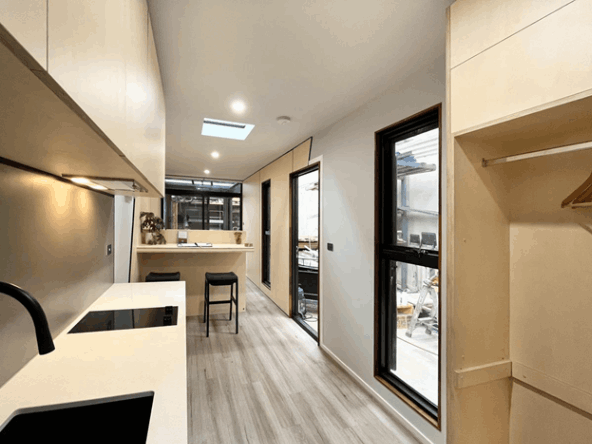
Has the idea of a tiny home been on your mind for a while now? If you’ve been hoping to build fast, smart, and sustainably, you might be wondering how long do shipping container homes actually last? According to this report by Science Direct, a shipping container home is a sustainable construction.
The materials used, environmental exposure, and how well it is insulated/ventilated will make a bigger impact than you think on the lifespan of a tiny house. This blog will give you a clear picture of what to expect.
Whether you are planning to purchase a tiny home for your backyard, want to put it on new land, rent it out, or live off the grid, there are things to keep in mind. How do you know if your shipping container is durable enough, and how long will it last?
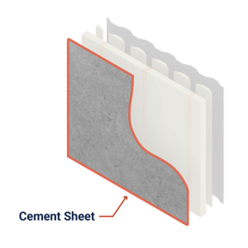
The building methods and materials used for the shipping container house can make or break it! Sonic Steel uses cement sheets to clad the ceiling and wall surfaces which are resistant to cracking, warping, and other external damages, to create a stable structure.
Cement sheeting also has excellent thermal insulation properties so it can keep interiors warm in winter and cool in summer. The sheets are also resistant to mould, moisture and rotting so a container home will last longer.
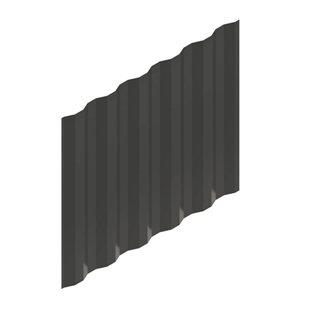
What about the exterior cladding? Shipping containers are built from corten steel so they are exceptionally resistant to atmospheric corrosion and durable in any environment, from UV rays to hail and strong winds!
Sonic Steel enhances this even further with high-performance, marine-grade paint, which forms a tough, protective layer that reduces chipping, cracking, and peeling. It also ensures long-lasting protection and appearance against rust and corrosion over time. The smooth, glossy finish is also available in many colours!
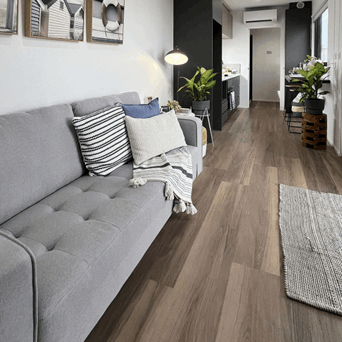
Is the flooring durable as well? Sonic Steel uses Karndean Luxury Planks, which look gorgeous, and are practical and durable! With a high-end finish, they replicate the look of natural stone and wood and are:
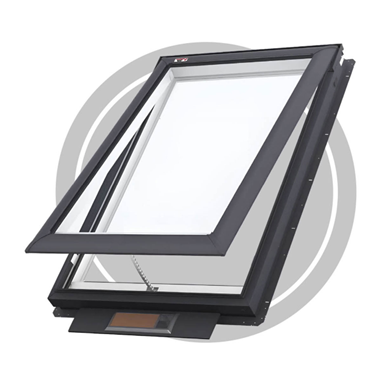
Likewise, instead of feeling like a confined space, skylights in a shipping container home introduce ventilation, natural light, and a sense of spaciousness. Types of skylights used could be:
Velux skylights are high-quality, thermally efficient and improve your living experience by making things a lot more inviting.
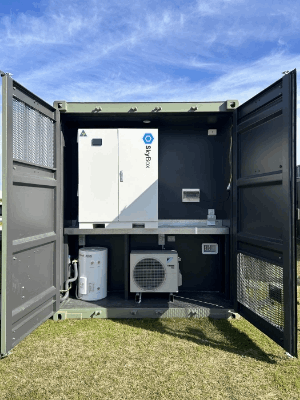
Let’s take a closer look at some of the high quality materials and features that keep the shipping container home super durable. You won’t be replacing any of these components/products on the basis of wear or tear.
Whether you’re putting plans in place to put a tiny home in a humid tropical area or dry, windy conditions, each environment poses its own challenges:
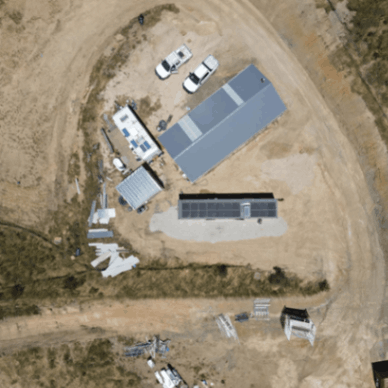
How can Sonic Steel make your shipping container home environmentally friendly for the Australian climate? Off-grid Systems offer a sustainable and self-sufficient lifestyle as they are strong and durable enough to handle off-the-grid living.
Sonic Steel works with Sky Energy to piece together an off-grid power solution. The SkyBox is a computer system and battery that manages energy outputs such as solar, wind and generator, combining them all into one reliable output source of power.
This creates a grid-level supply of electricity, including three-phase power. Better yet, the SkyBox comes in small units, medium units for family homes and businesses, and larger sizes for large-scale applications.
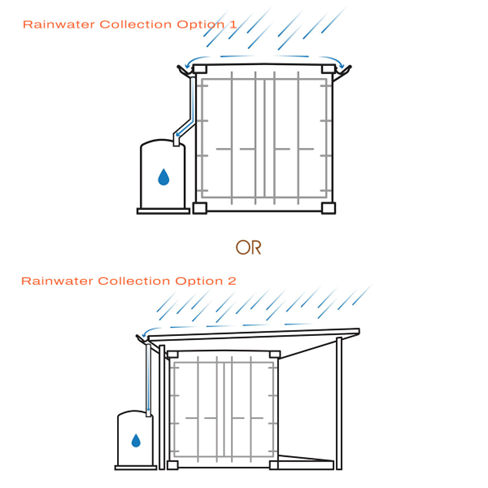
What about rainwater collection? Shipping container homes are already designed to drain water, but they can be optimised even further for rainwater harvesting. For example, shipping container roofs have a subtle slope that directs water towards the long sides, which can then be captured by installing gutters along these edges.
An alternative is to raise the slope of the container roof on one side (cut, raise and reweld), which creates a fall onto the other side of the container for better water collection.
Likewise, a roof-over adds a layer of protection against the rain, sun, hail. The added airspace acts as an insulation buffer and regulates temperatures inside the container home. It provides a larger surface area for capturing rainwater, enhancing your water collection efforts. By offering thermal insulation, weather protection and additional sheltered space, Sonic Steel boosts the sustainability of your home.
Overall, how do you deal with extreme weather in a container home? Sonic Steel offers proper insulation and ventilation to keep the interior comfortable and fireproofs homes as per the BAL29 requirements and up to BAL FZ.
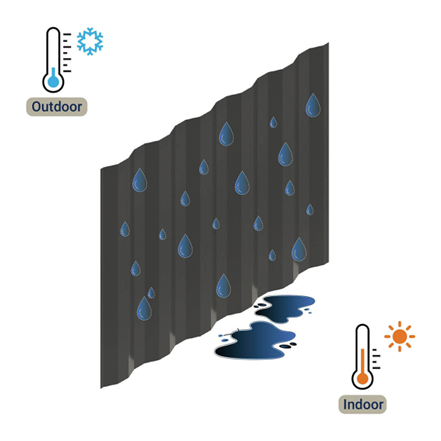
All properties (small or not) need insulation or they will just fall apart, and insulating a container home is more complicated since it has limited, fully welded corrugated metal walls, and potential condensation problems.
To put a stop to condensation, moisture must not come into contact with the internal metal surface. Sonic Steel makes use of polyurethane (PUR) panels instead of spray foam as a vapour barrier between the container wall and interior space.
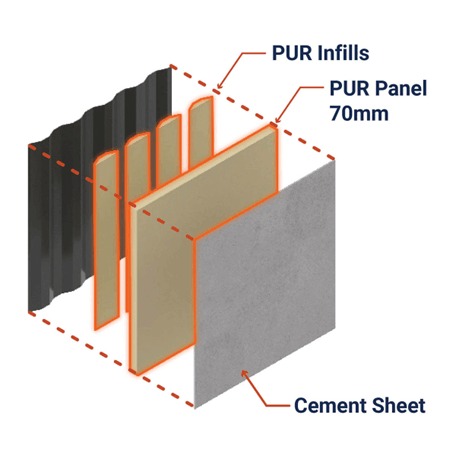
Sonic Steel’s PUR panels are manufactured in Australia with a block-moulding method, stored for around 30 days to cure and minimise off-gassing and CNC cut to fit into the corrugations of the container panels.
This barrier is strong enough to eliminate air gaps and maintain the indoor temperature, so it won’t be prone to mould, leak, and structural damages.
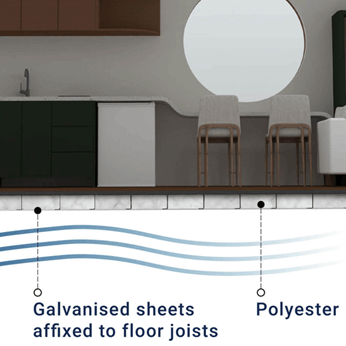
We even add in underfloor insulation, which is more often than not overlooked! Between the crossmembers/floor joists is insulated with polyester and the underside is closed off with galvanised metal sheets to keep the polyester in place and improve airtightness.
Without insulating the flooring, it can account for up to 20% of heating and cooling loss and also works as a pest deterrent and protects the underside from bushfire attacks!

The window system is also high-performing, double-glazed with a low E coating as well as a thermally broken frame by ThermalHEART. These windows use a thermal insulator (polyamide strip) within the aluminium frame that reduces heat transfer through the window frame. What else do they contribute to the durability of the tiny home?
This all results in even greater energy efficiency and comfort, as well as protection from UV rays that can cause fading of interior furnishings.
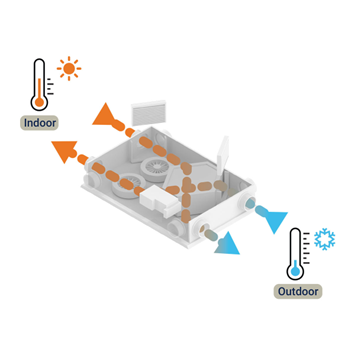
Without an airtight space, a shipping container is not going to last forever, and so Sonic Steel has a well-designed ventilation system (called VenSulation) that balances air tightness with adequate fresh air exchange for only 8W of energy!
A heat recovery ventilator (HRV) is used for controlled mechanical ventilation, helping to retain up to 85% of thermal energy while bringing fresh filtered air in exchange for stagnant air. The HRV maintains a constant humidity level inside the home by cutting excess moisture generated by cooking, washing and breathing.
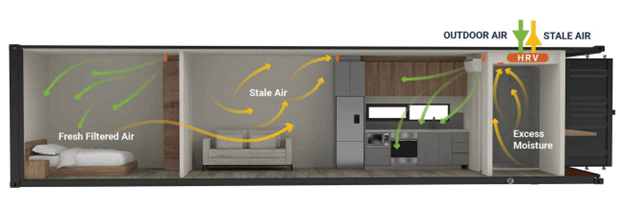
As for air conditioning, Daikin’s split system A/C is amazing for efficient and reliable climate control. Circulating internal air continuously to maintain the desired indoor temperature, the split system uses inverter technology to adjust the compressor speed based on cooling demand. Hence, a stable temperature throughout all seasons.
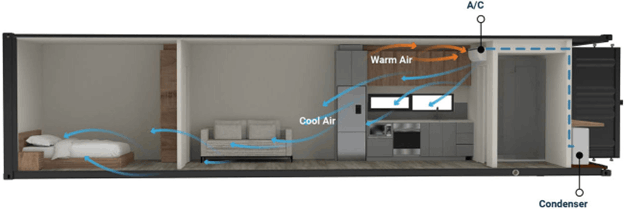
Let’s take a closer look at the airtight dampeners. Naber THERMOBOX prevents backdraught through the kitchen exhaust, working without electricity and uses air as an insulating medium.
The system consists of triple dampers arranged one behind the other and sealed by a magnet. When closed, these flaps form two chambers that trap air, which is a poor heat conductor, consequently reducing heat loss.
Cold or hot outside air stays out, even in strong winds, and prevents valuable heating and cooling energy from escaping when the range hood is not in use.
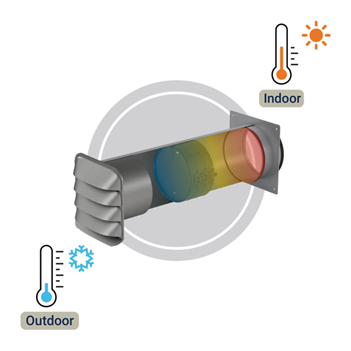
Still not sold on investing in a tiny home? Have a read of the top reasons why a shipping container home is a smart decision.
What shipping container configurations can you build and customise to your liking?
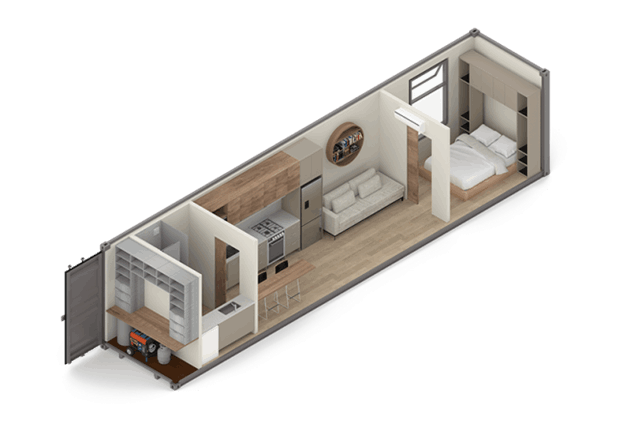
The Mark VI is beautifully designed with the cutting-edge VenSulation that ensures a healthy, comfortable home.
The practical layout features a double bedroom, a full kitchen with breakfast bar, a spacious bathroom with laundry, and a lounge area and utility compartment for tools and hobbies.
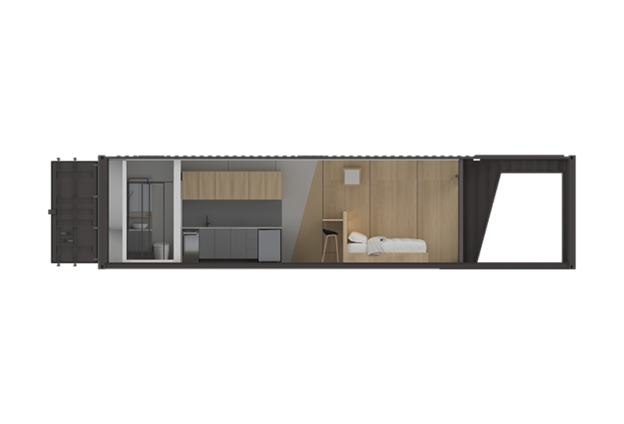
Our Mark VII is a great option for a orfarm-stay! With a built-in deck and a compact design, it’s perfect for a remote getaway, yet still fully equipped and extremely cosy. What’s included?
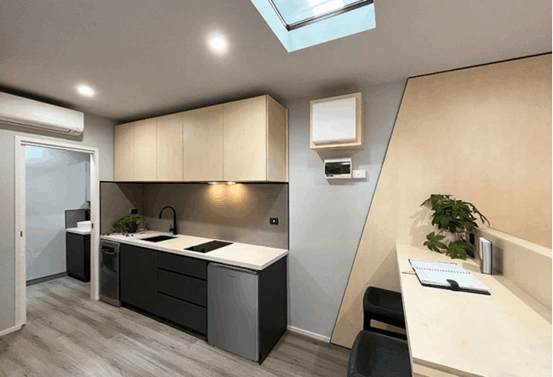
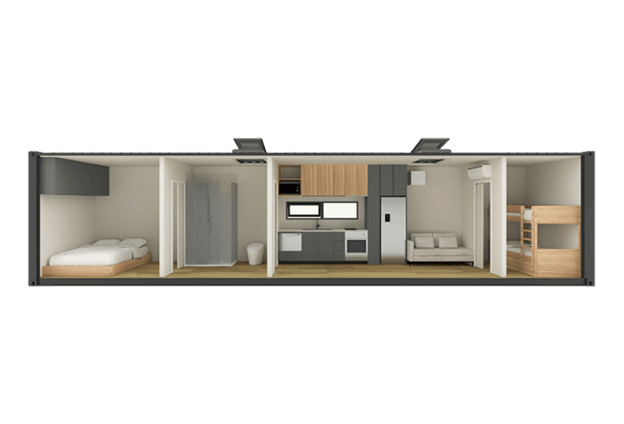
Do you want a design that accommodates a young family with 2 small children? The Mark IV is the answer with its premium inclusions!
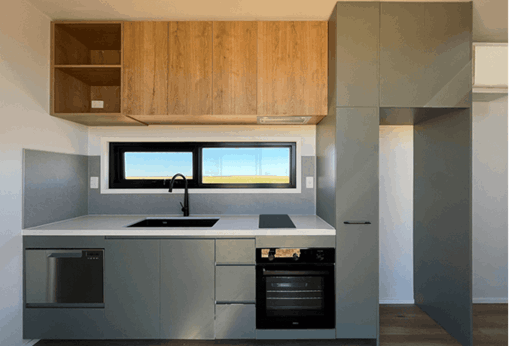

With proper maintenance, a shipping container can last a lifetime, but there are a few things to take note of:
Rust isn’t a concern since Sonic Steel builds tiny homes with rust-resistant steel and weather-proof paint. However, if you want to customise the container (such as a multi-storey build) the bottom container will need to be reinforced. You can also consider joining two containers side-by-side.
If you are interested in shipping container homes for your Victoria, NSW, or SA residence (specifically custom build designs) talk to us!

If durability is your main worry, it will not be a problem with our tiny housing solutions! A specialist in the shipping container industry, Sonic Steel grew from repairs, servicing and modifying to building containers and turning them into homes.
Our unique VenSulation system is the only one in Australia that addresses condensation, insulation and ventilation together and is standard in all of our designs. From shipping container modifications to shipping container DIY options, you will be spoilt for choice.
Get in touch and contact us on 03 9364 8797 or email enquiry@sonicsteel.com.au and we’ll form a living space that represents who we are and what we believe in: quality. You can also visit us in Brooklyn, VIC by appointment. All of our container homes are fully customisable!
With Tiny Home Expos in VIC, NSW and WA in the coming months, we are offering DISCOUNTED DELIVERY (*up to $5000) to each state the Expo is in exchange for using your project as a display at the show. Offer expires 12 weeks before each expo and is limited to one project per expo. Reach out to us now to secure your spot!
How to Maximise Space in a Shipping Container Home: Secrets Revealed
Can You Modify a Shipping Container? Exploring Your Options
From Steel Box to Dream Home: How Smart Ventilation Transforms Container Living
Top 5 Benefits of Opening a Shipping Container Cafe: Why It’s a Smart Choice
How to Choose the Perfect Size for Your Relocatable Shipping Container Home